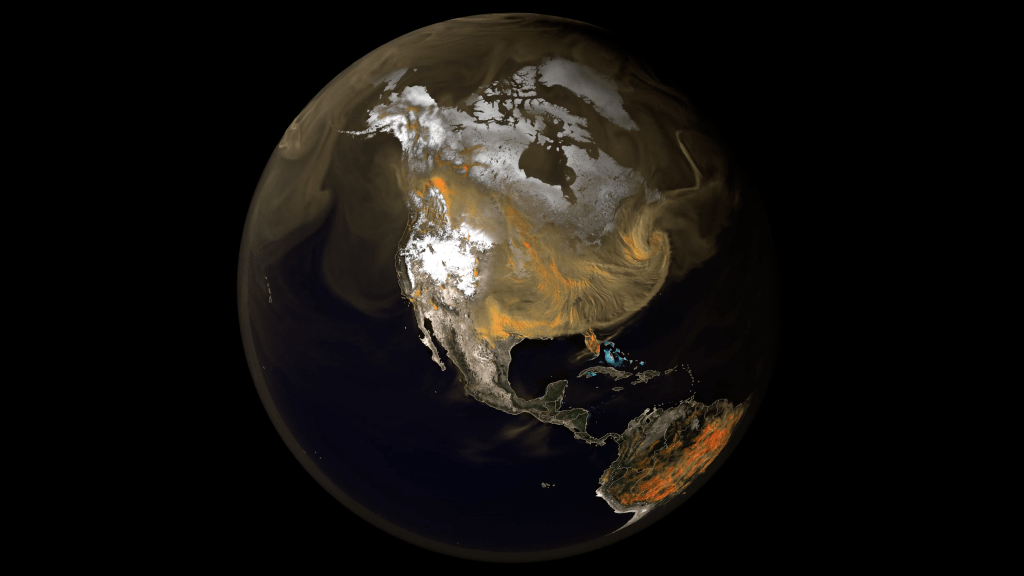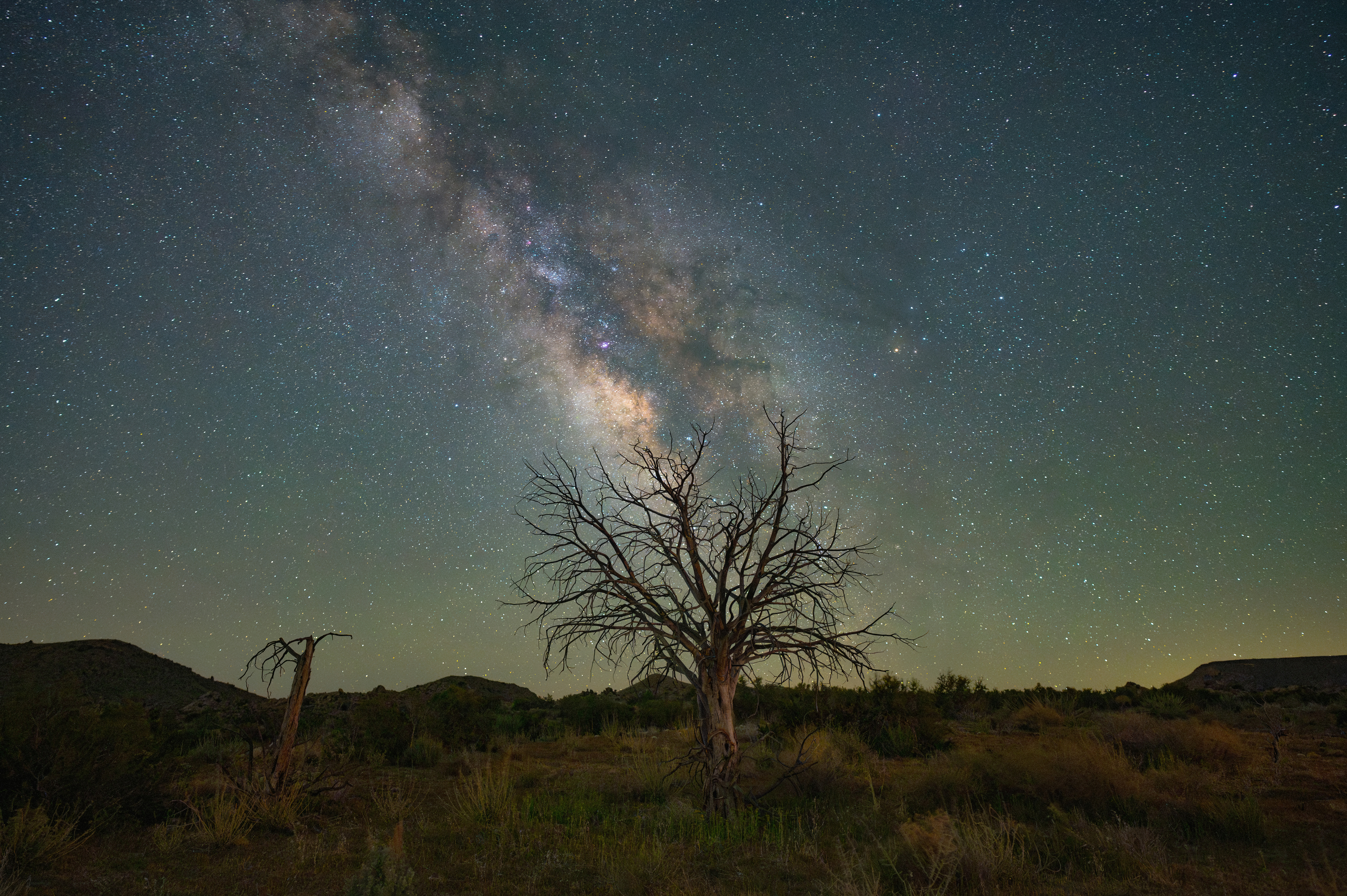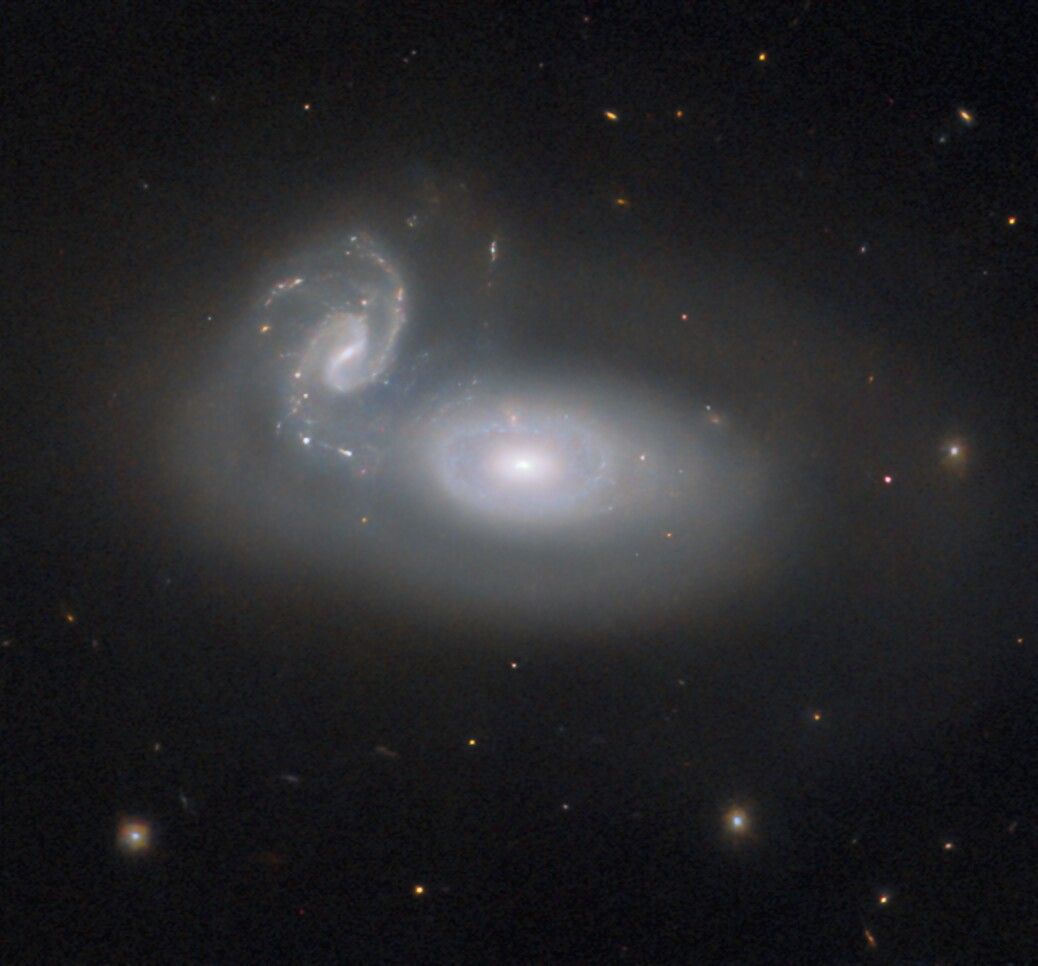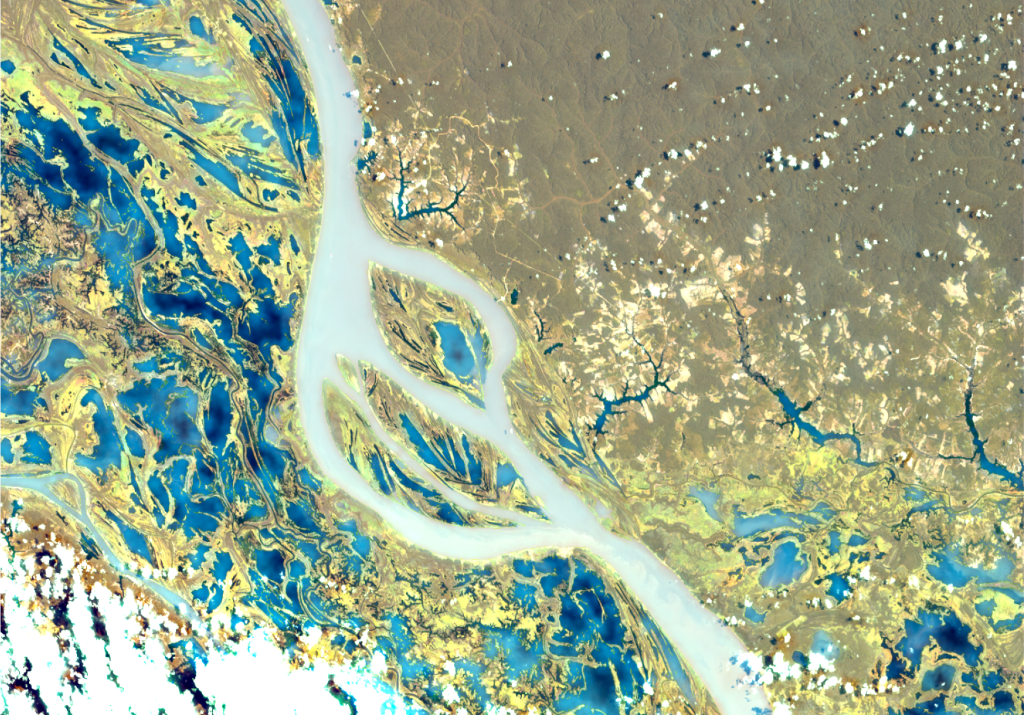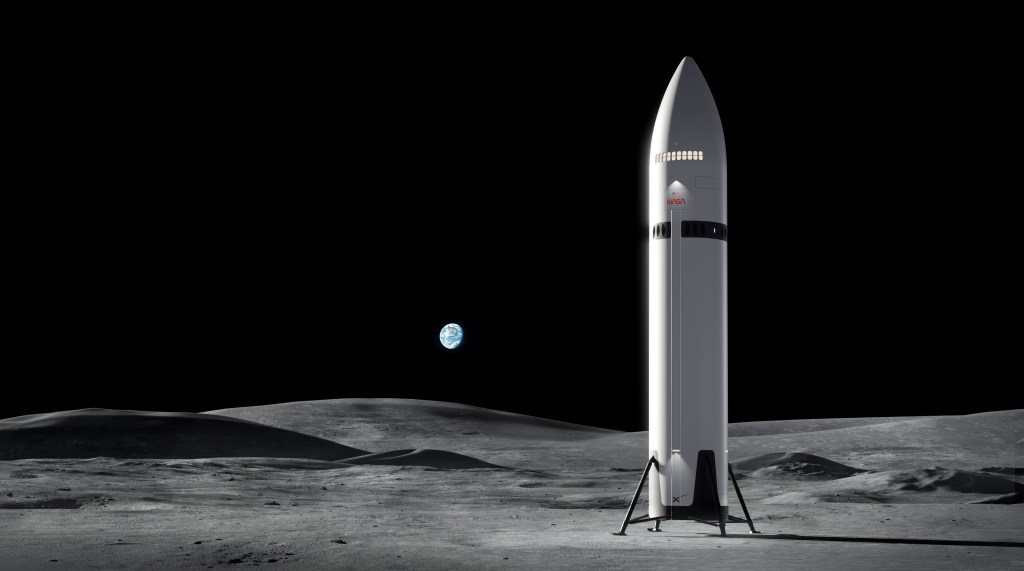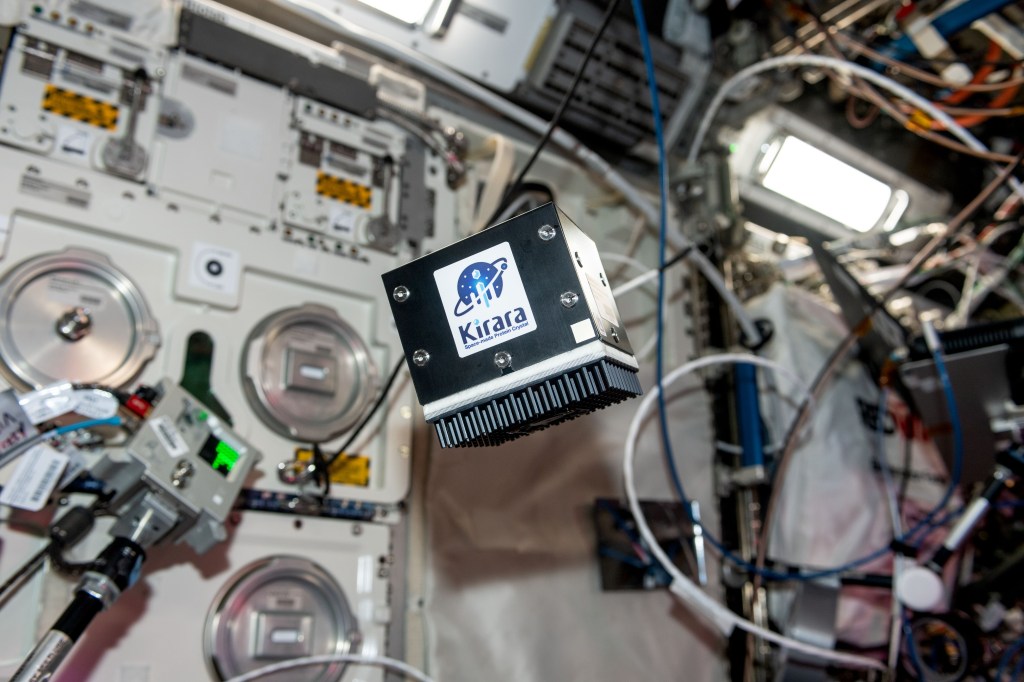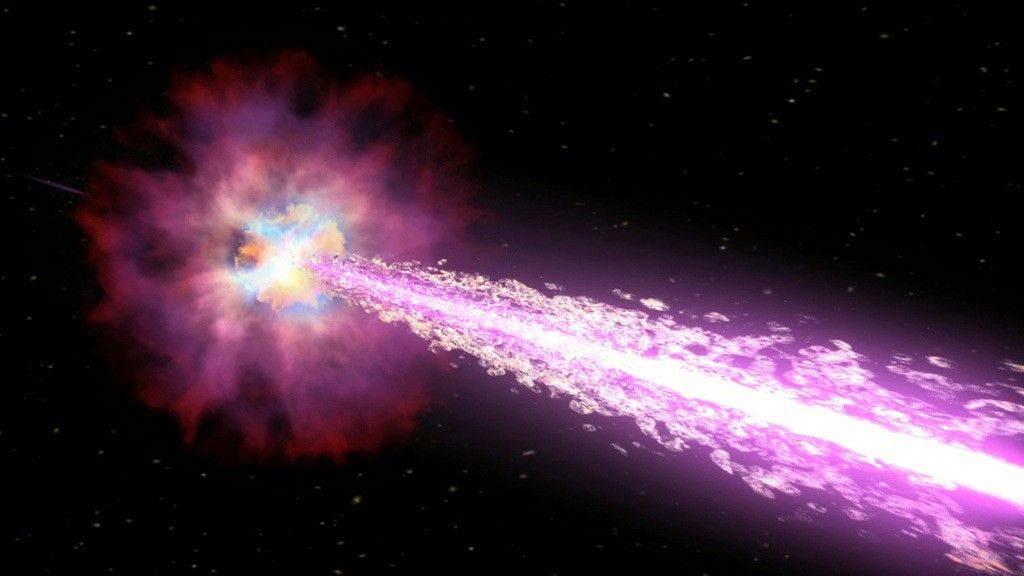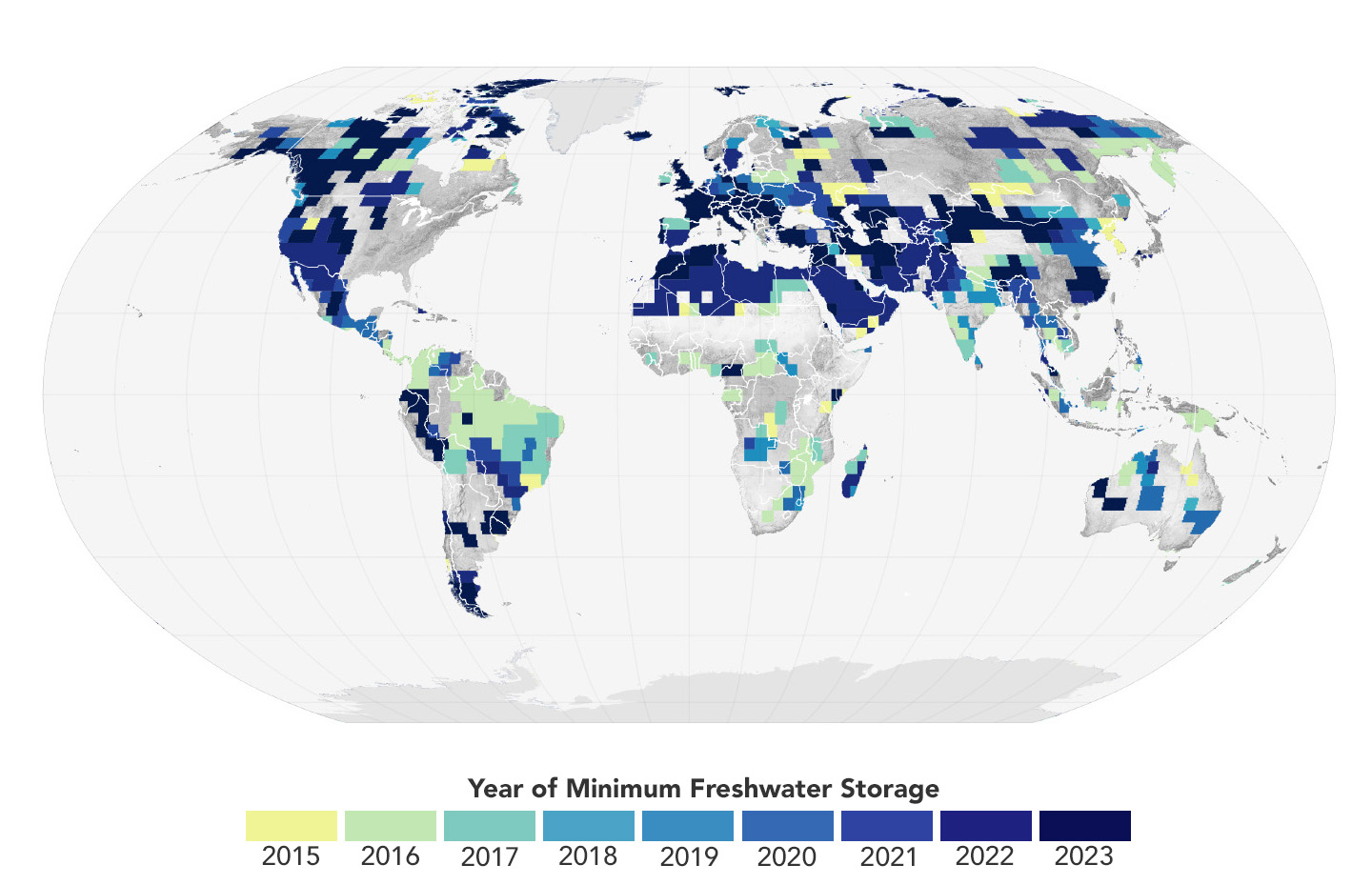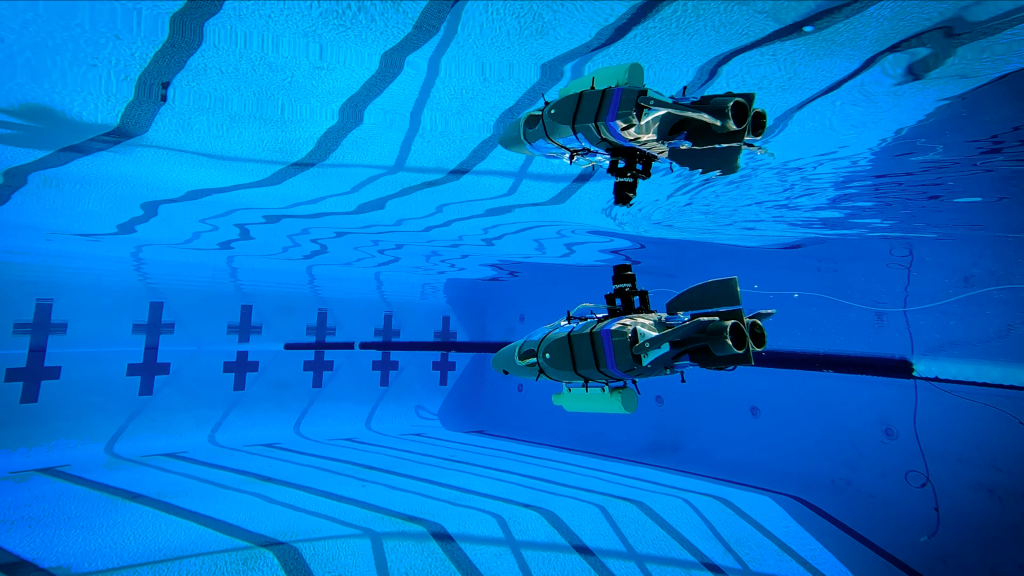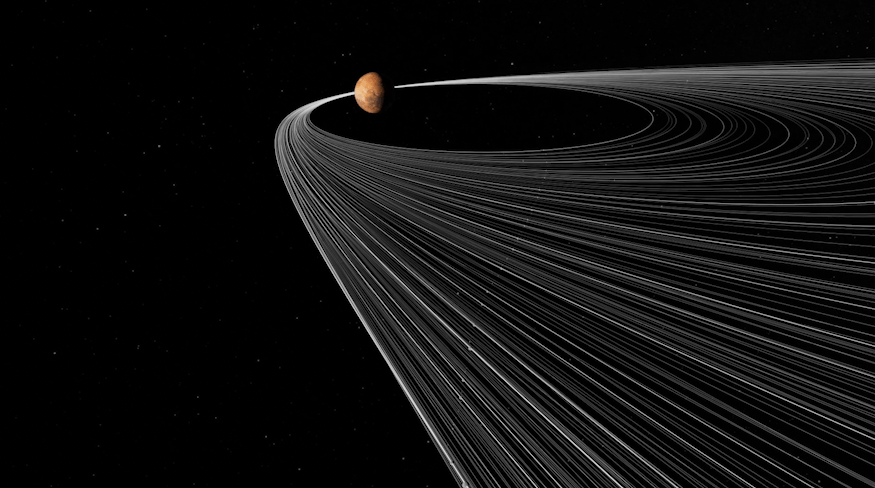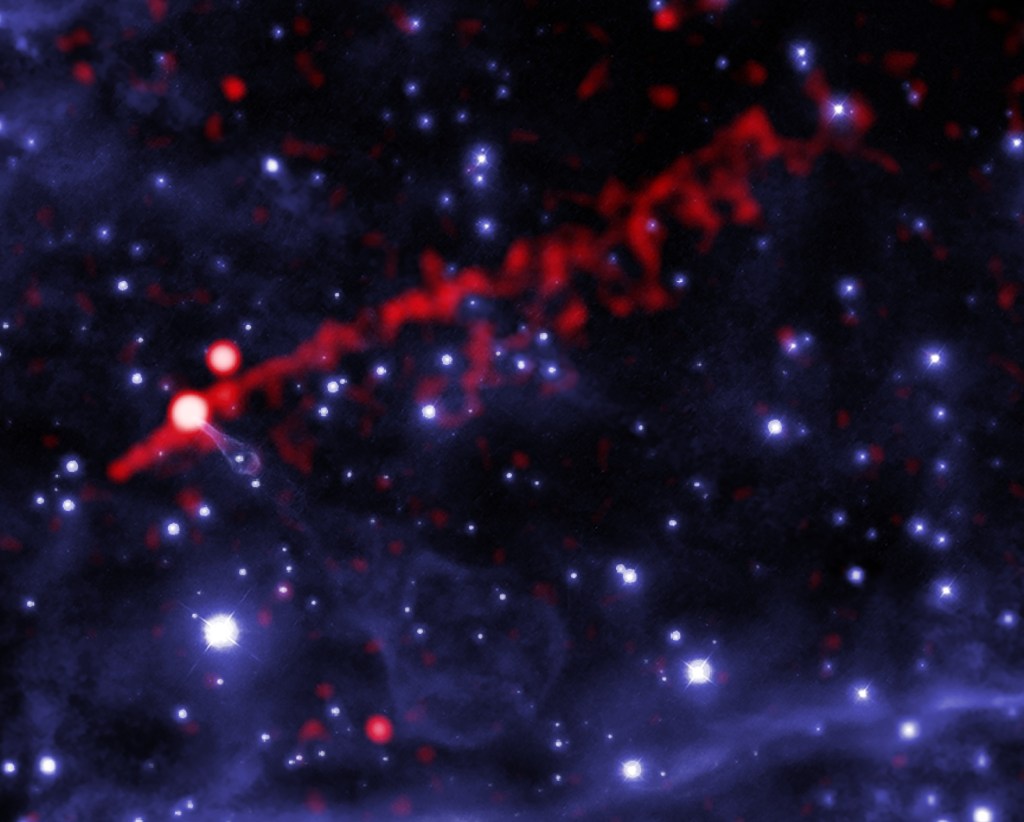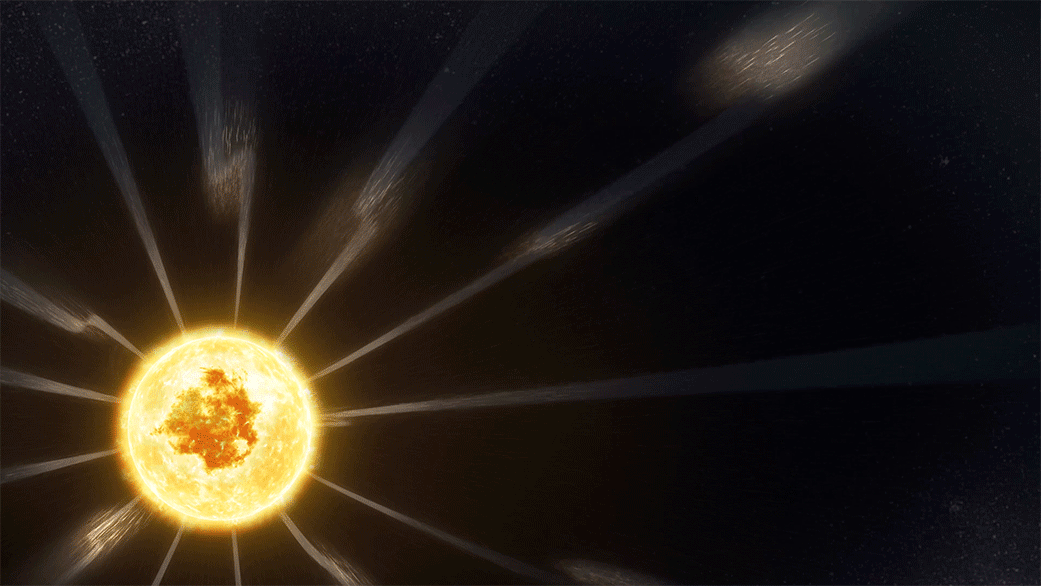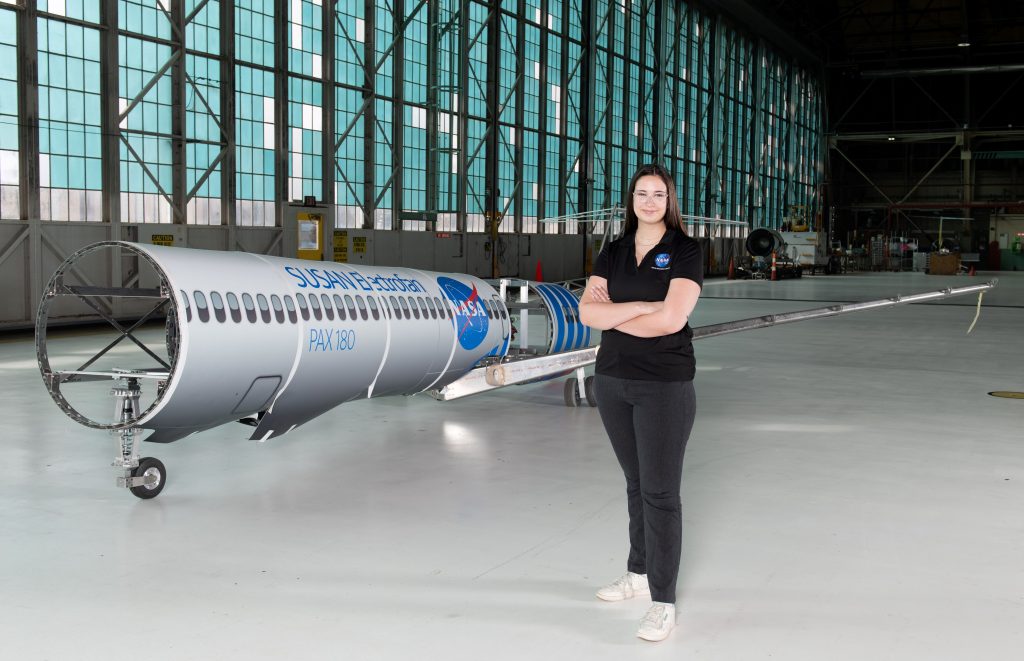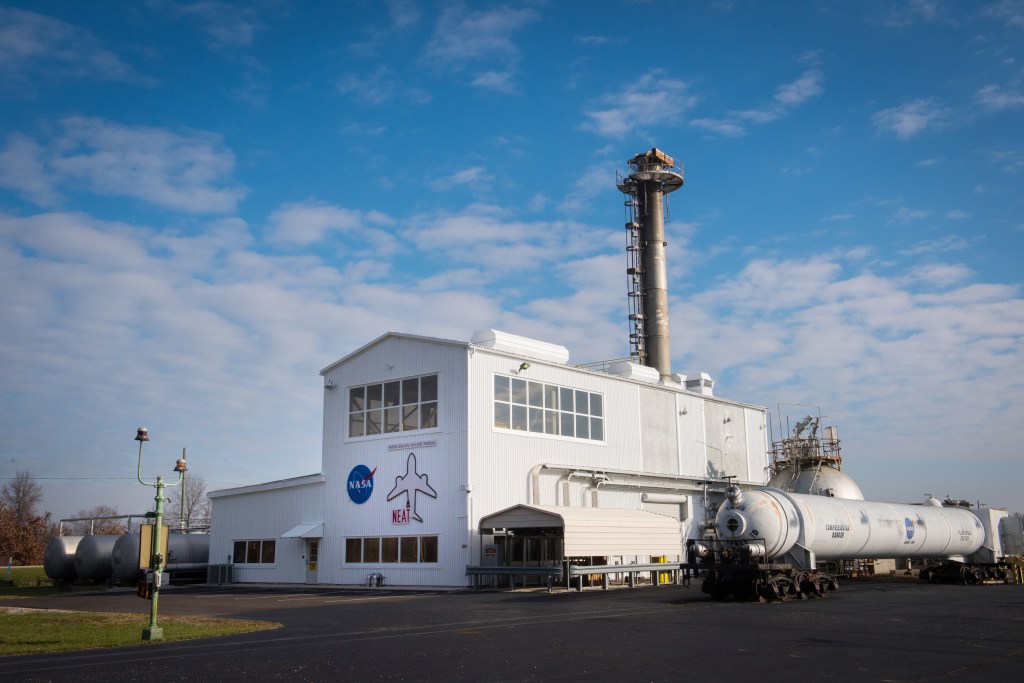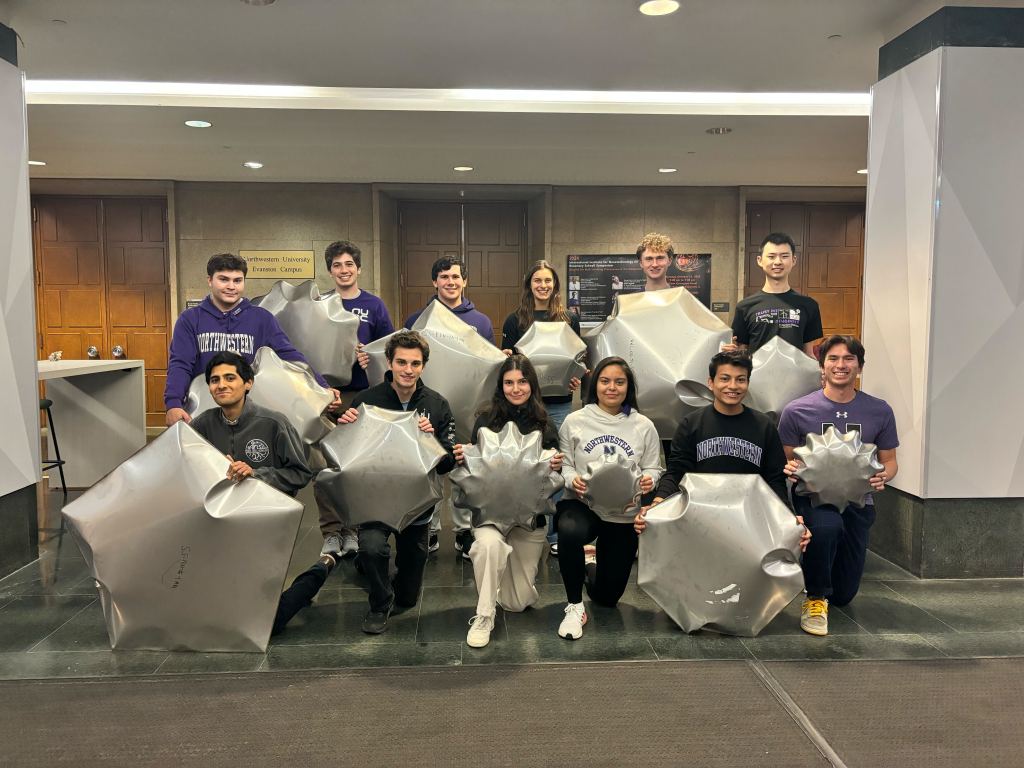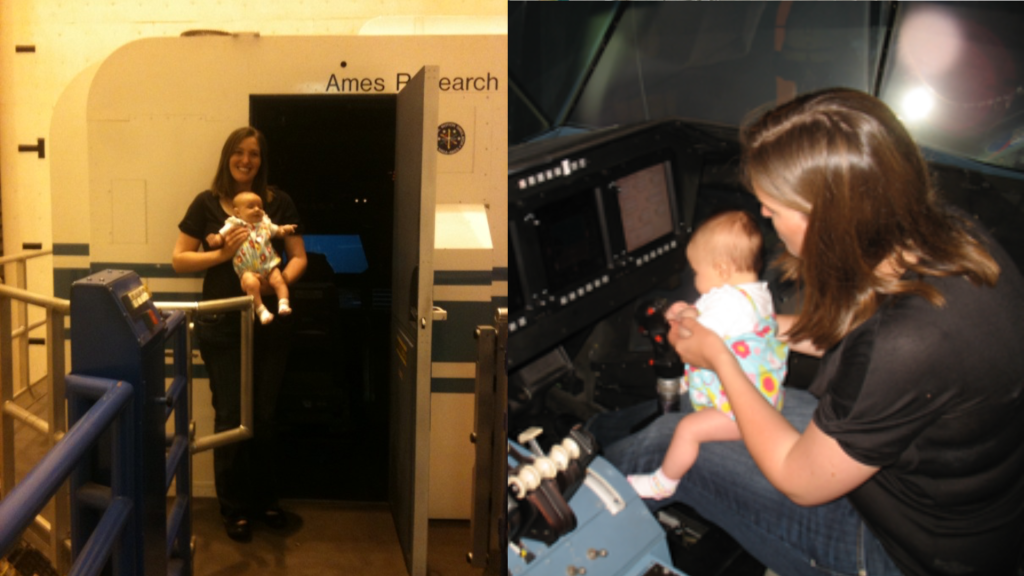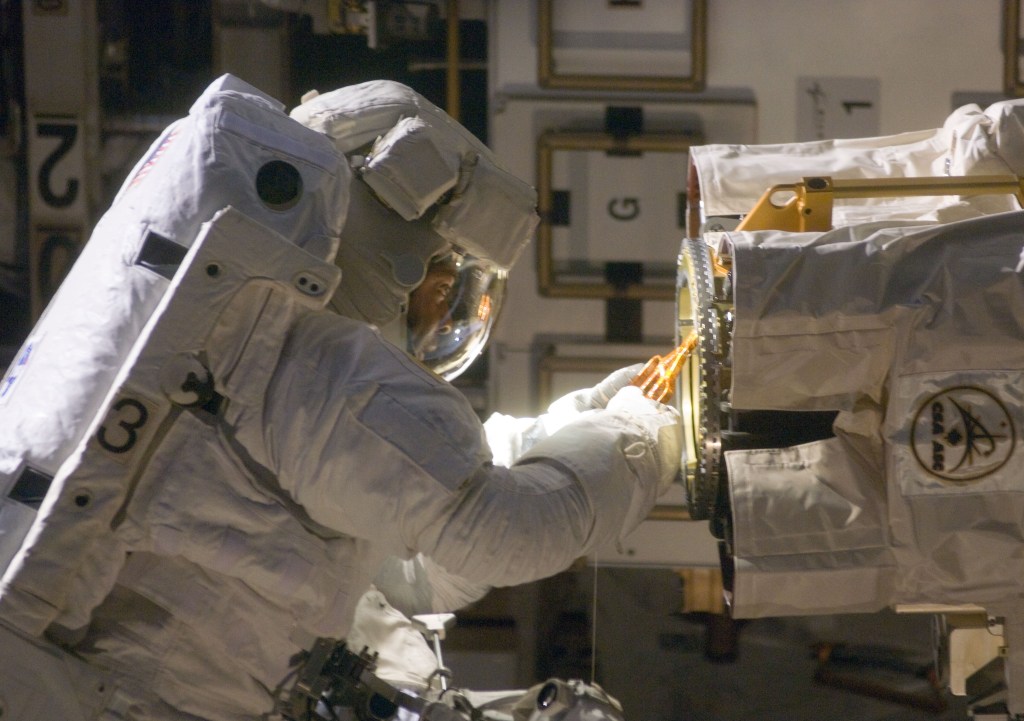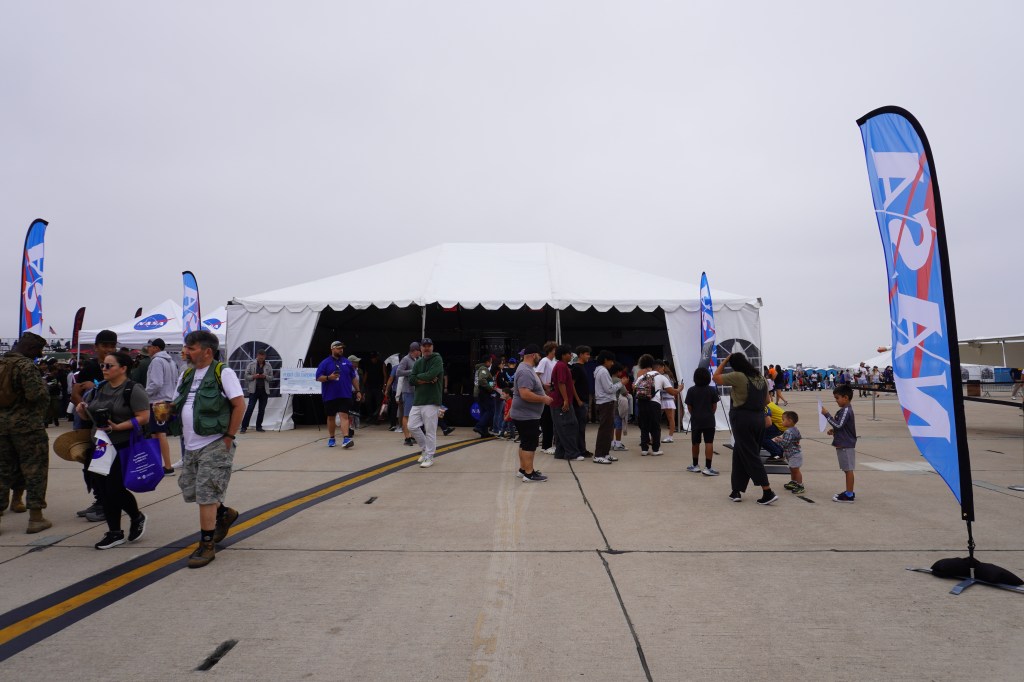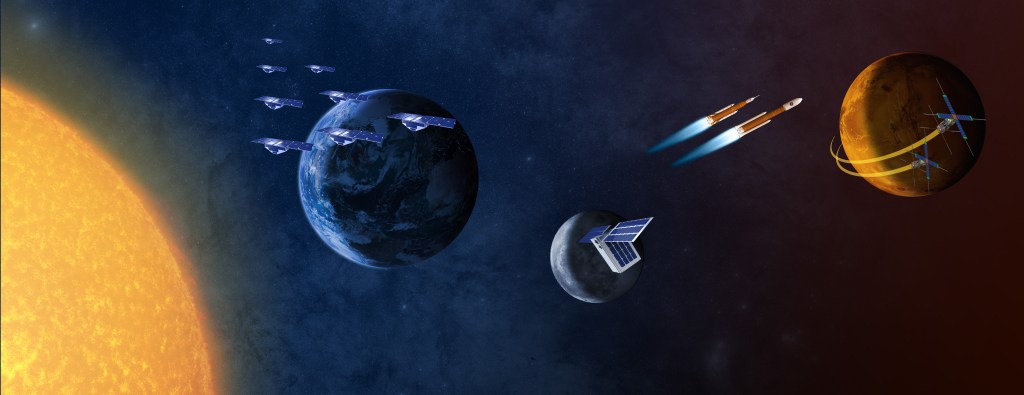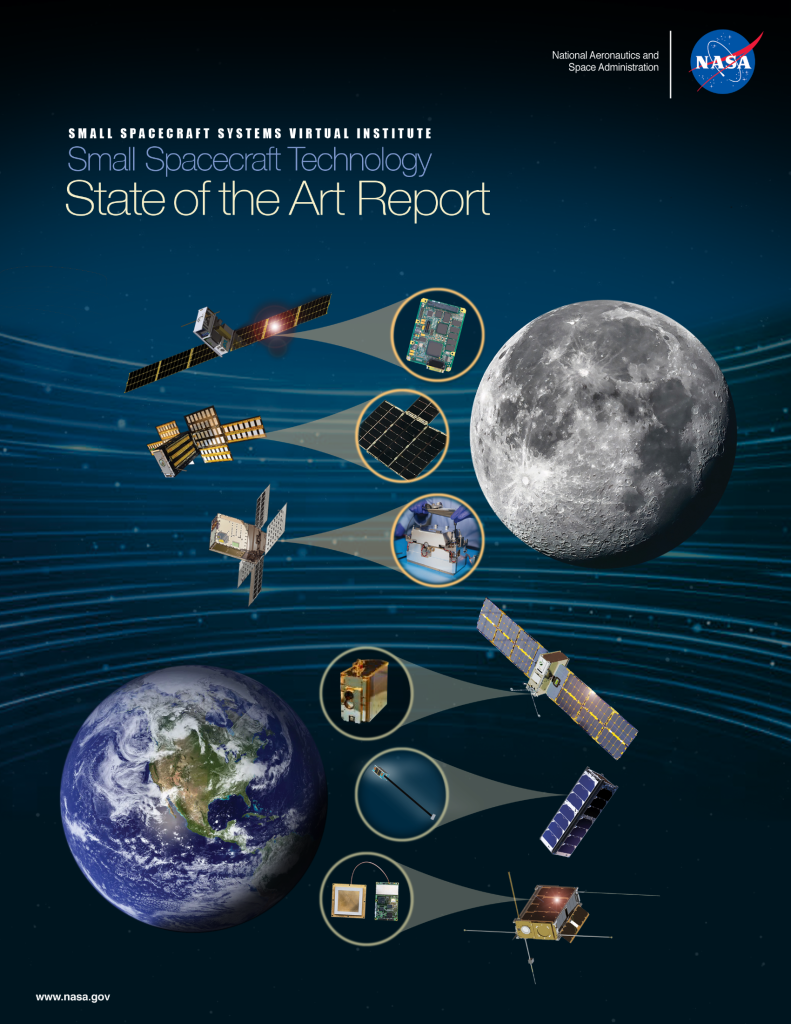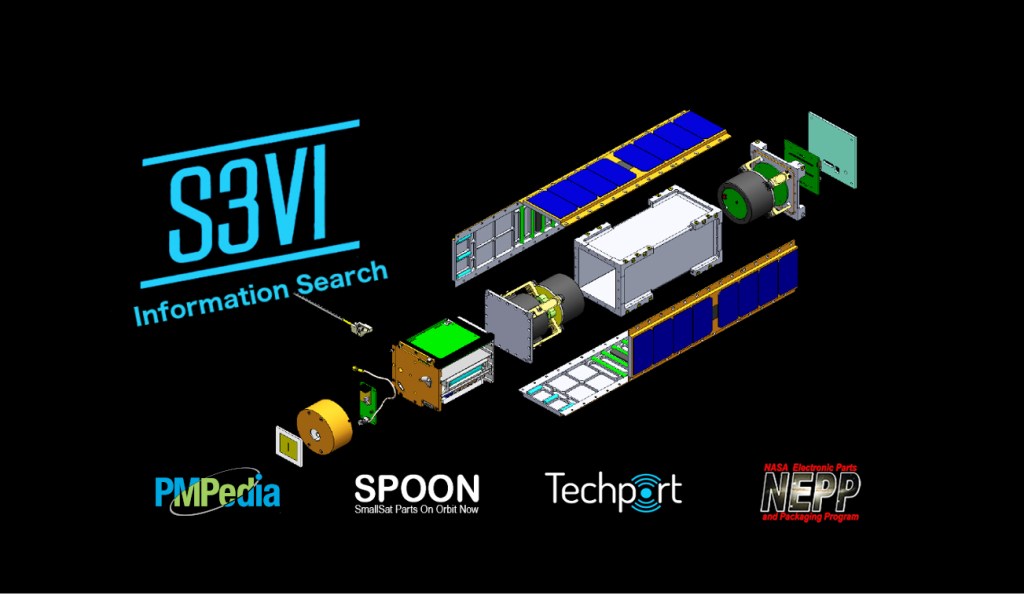Small Spacecraft Community of Practice
Subscribe to receive announcements for the Small Spacecraft Systems Virtual Institute’s (S3VI) monthly webinar series and quarterly newsletter here. We look forward to your participation!
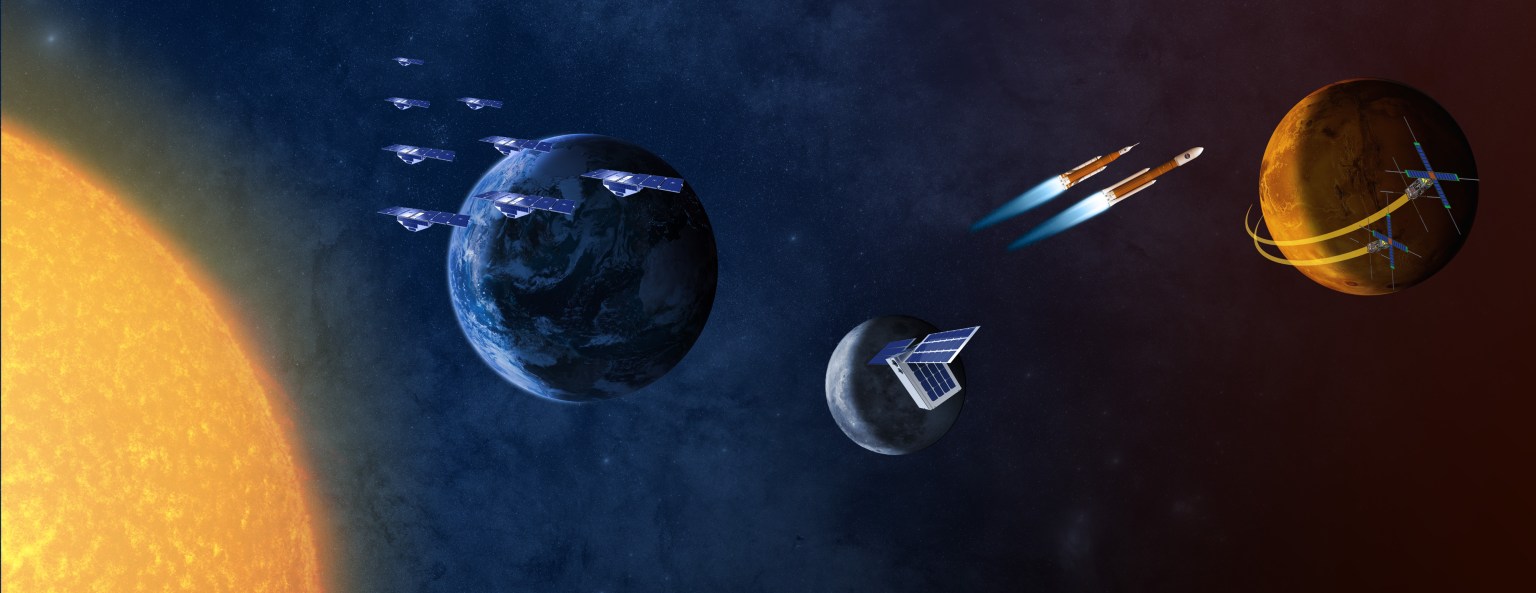
Lessons Learned from the Lunar Flashlight Mission
Speaker: Philippe Adell, Ph.D., NASA’s Jet Propulsion Laboratory
Wednesday, July 10, 2024
10:00AM-11:00AM Pacific Daylight Time
Click here to download the presentation slides.
Please contact Julianna.L.Fishman@nasa.gov if you experience issues with the audiovisual connection to this webinar.
Abstract: Lunar Flashlight (LF), a first of its kind deep space 6U CubeSat technology demonstration mission consisted of four new technologies and a science goal of investigating the distribution of surface ice deposits at the Lunar South Pole. The mission was developed and managed by NASA’s Jet Propulsion Laboratory. NASA’s Marshall Space Flight Center led the development of the propulsion system and the Georgia Institute of Technology’s (GT) Space Systems Design Laboratory designed and integrated the propulsion system and served as the home of the mission operations team. The mission’s science was led by NASA’s Goddard Space Flight Center. The spacecraft launched December 11, 2022 and operated its primary mission until June 30, 2023. Currently the LF spacecraft is being operated by GT in a heliocentric orbit.
The LF mission was partially successful as it could not achieve the science goals at the Moon due to an anomaly with the propulsion system. However, LF was successful in the demonstration of new technologies in a space environment. It successfully demonstrated four new technologies: 1) a new green monopropellant miniaturized propulsion system; 2) a new command and data handling sub-system; 3) a new version of the Iris deep space radio and 4) a new miniaturized 4-IR lasers reflectometer. The science team and instrument flight data model indicated that the miniaturized laser reflectometer instrument payload would have had the capability to detect surface ice water at the Moon. The new command-and-data-handling sub-system and flight software (FSW) also performed as expected, allowing the team to reliably control the spacecraft with more than 380 contacts over 7 months. An in-flight FSW update was also demonstrated. The new Iris deep space radio with updated firmware, also exceeded expectations, operating continuously in full-duplex mode for over 80 hours without exceeding thermal limits, and acting as the first in-flight demonstration of Pseudorandom-Noise Delta Differential One-Way Ranging with NASA’s Deep Space Network.
This presentation will provide an overview of the LF mission, from implementation through operation. The presenter will summarize the technology successes demonstrated in flight as well as the issues encountered during the operational phase. A summary of the lessons learned and knowledge acquired during this incredible experience will be discussed so that they can benefit the community and future small spacecraft missions.
NASA’s Small Spacecraft Technology program based at NASA’s Ames Research Center in Silicon Valley and within the Space Technology Mission Directorate funded the mission.
Bio: Philippe Adell began working at NASA’s Jet Propulsion Laboratory, California Institute of Technology in February 2007. During his tenure of 17 years at NASA-JPL, he conducted and performed radiation effects research and provided mission assurance expertise to several JPL flight projects such as Juno Orbiter, Mars Science Laboratory and Europa Clipper. In 2018, Phillippe transitioned into project management and system engineering in the advanced concept formulation section at JPL providing support to the Planetary Program Office as the small satellite project system engineer lead. In this role, Philippe served as a project interface for the successful Leonardo Mars Helicopter Scout flight demonstration and was the project system engineer and deputy project manager for the Lunar Flashlight small satellite project. Currently, Philippe is leading the formulation of a multi-small satellite mission concept to Apophis, an asteroid that will come close to Earth in 2029. This mission concept is in collaboration with the French space agency.
Philippe graduated from the Polytechnic Institute of the University of Montpellier (France), with a MS (1999) in material science and technologies. He obtained his MS (2003) and PhD (2006) in Electrical Engineering at Vanderbilt University.
S3VI encourages the community to submit questions before the webinar to enable more directed responses. Please send questions to craig.d.burkhard@nasa.gov.

